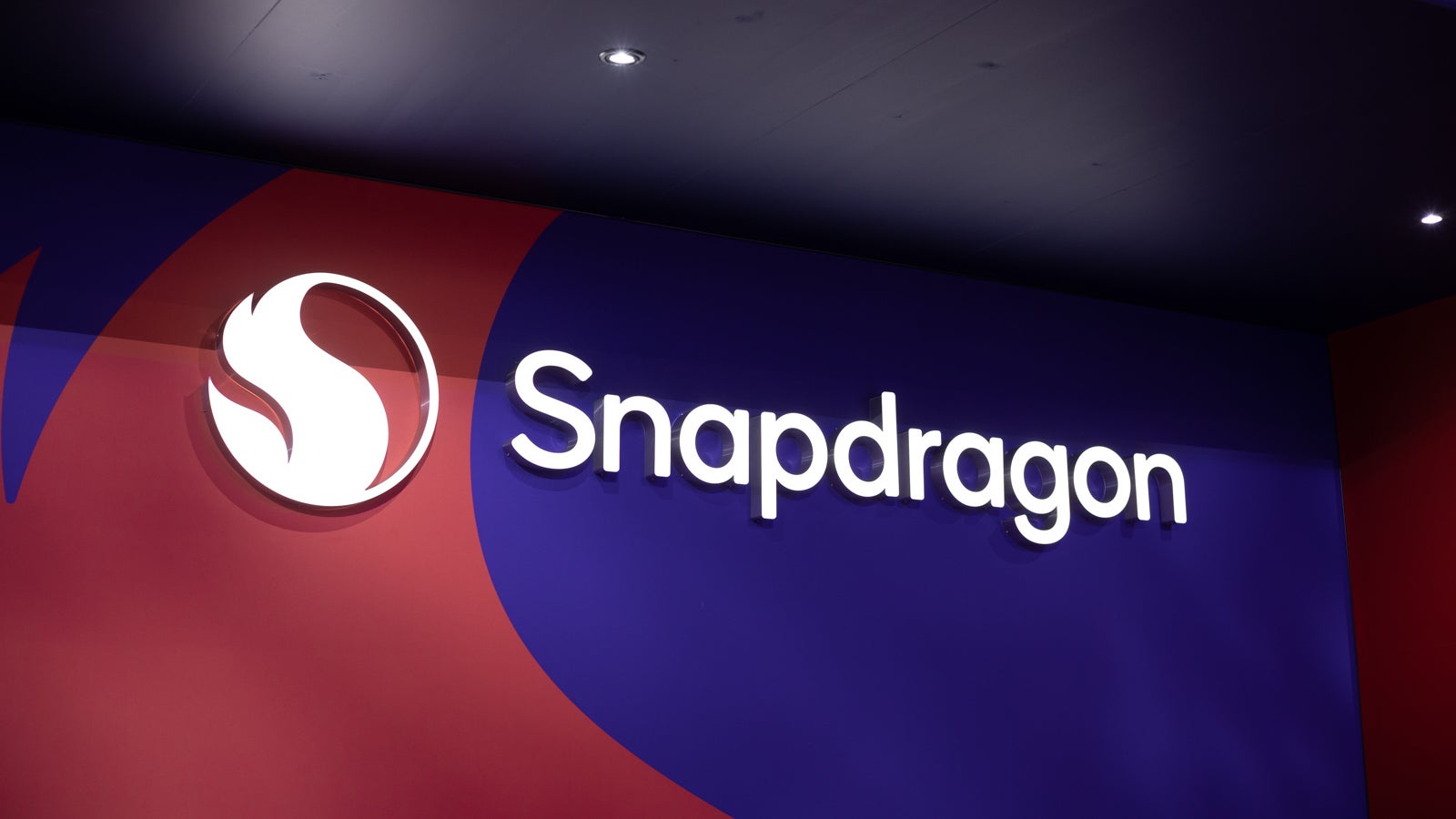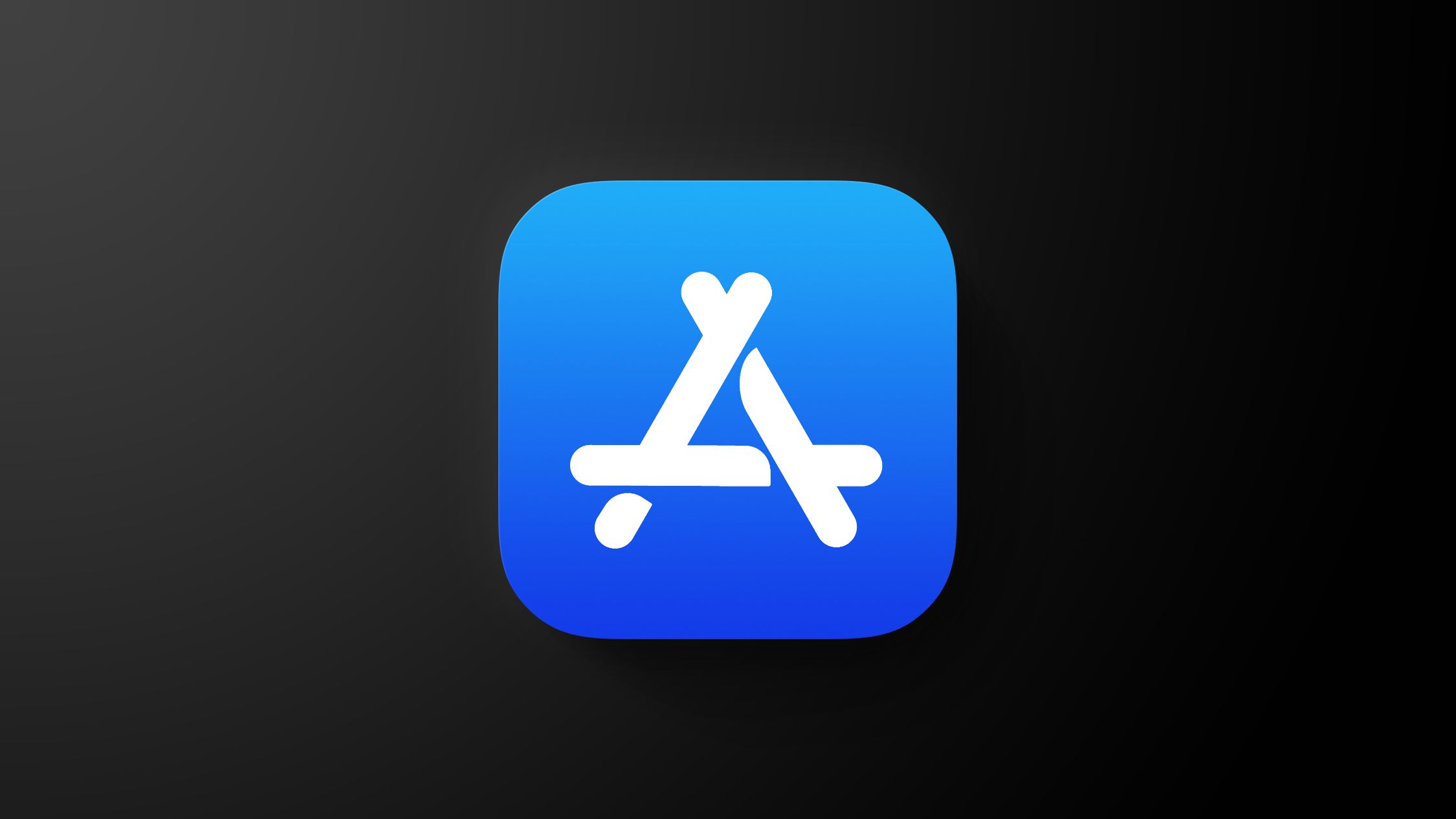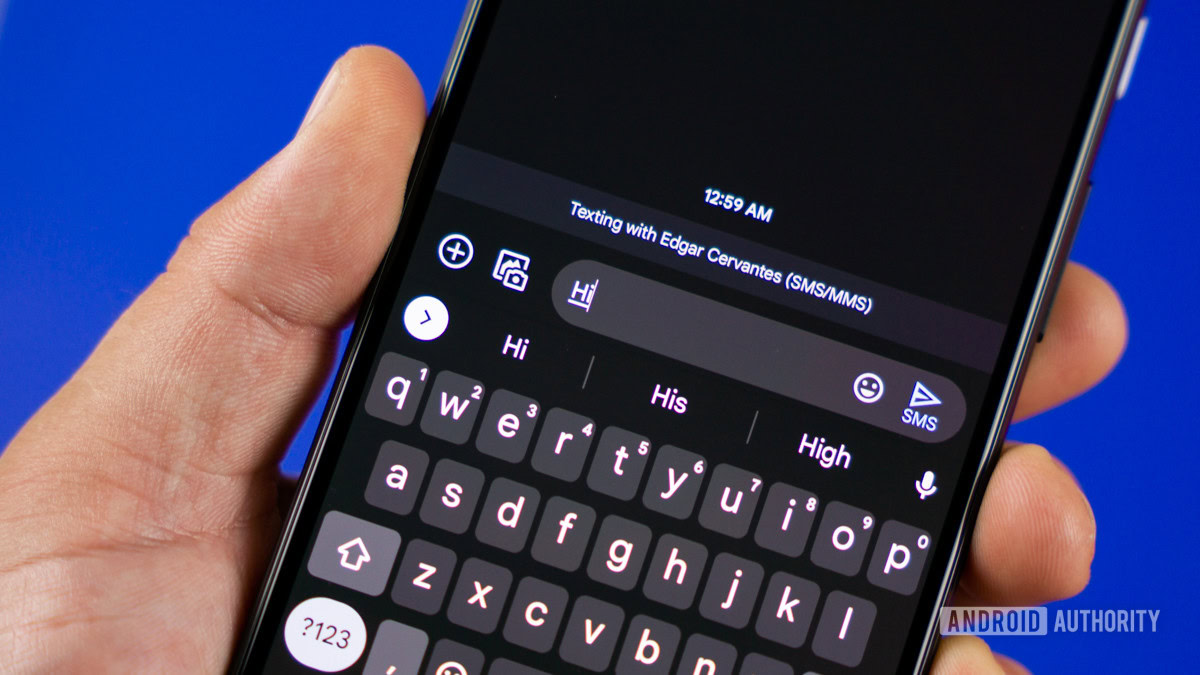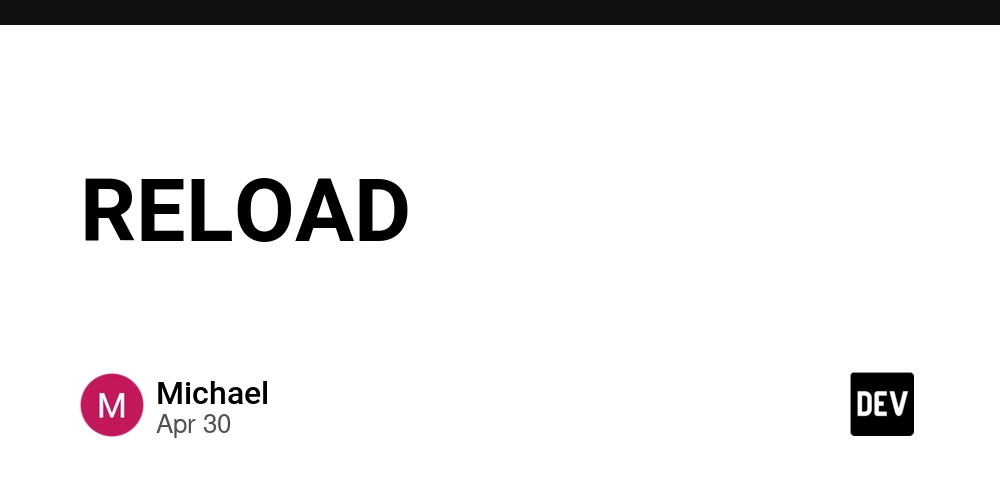Turbocharge Your Go Apps with Custom Memory Caching
Introduction Remember that time you had to wait 10 seconds for your app to fetch data? Your users remember too, and they weren't happy about it. In the world of web applications, speed isn't just a nice-to-have feature—it's the difference between a successful product and an abandoned tab. As an old-timer in the Go ecosystem (I've been writing Go since it wore diapers), I've seen countless projects brought to their knees by database load or API bottlenecks. Today, we're going to solve that with the programming equivalent of a supermarket express lane: in-memory caching. Let's build a memory cache system in Go that will make your applications zippy and your users happy! 1. Memory Cache 101: Fundamentals of Go Caching A memory cache is like that friend who remembers every embarrassing story about you—quick to recall, but sometimes needs to forget things to make room for new embarrassing moments. In technical terms, it's a data store that keeps frequently accessed information in RAM for lightning-fast retrieval. Why Cache in Go? Using a database for every request is like going to the grocery store every time you need a single ingredient. A cache is your kitchen pantry—it keeps frequently used items close at hand. In Go, implementing a cache is surprisingly straightforward thanks to the language's built-in maps and concurrency primitives.

Introduction
Remember that time you had to wait 10 seconds for your app to fetch data? Your users remember too, and they weren't happy about it. In the world of web applications, speed isn't just a nice-to-have feature—it's the difference between a successful product and an abandoned tab.
As an old-timer in the Go ecosystem (I've been writing Go since it wore diapers), I've seen countless projects brought to their knees by database load or API bottlenecks. Today, we're going to solve that with the programming equivalent of a supermarket express lane: in-memory caching.
Let's build a memory cache system in Go that will make your applications zippy and your users happy!
1. Memory Cache 101: Fundamentals of Go Caching
A memory cache is like that friend who remembers every embarrassing story about you—quick to recall, but sometimes needs to forget things to make room for new embarrassing moments. In technical terms, it's a data store that keeps frequently accessed information in RAM for lightning-fast retrieval.
Why Cache in Go?
Using a database for every request is like going to the grocery store every time you need a single ingredient. A cache is your kitchen pantry—it keeps frequently used items close at hand. In Go, implementing a cache is surprisingly straightforward thanks to the language's built-in maps and concurrency primitives.


_Jochen_Tack_Alamy.png?width=1280&auto=webp&quality=80&disable=upscale#)






































































![Apple Shares Trailer for First Immersive Feature Film 'Bono: Stories of Surrender' [Video]](https://www.iclarified.com/images/news/97168/97168/97168-640.jpg)
![New Hands-On iPhone 17 Dummy Video Shows Off Ultra-Thin Air Model, Updated Pro Designs [Video]](https://www.iclarified.com/images/news/97171/97171/97171-640.jpg)
![Apple Restructures Global Affairs and Apple Music Teams [Report]](https://www.iclarified.com/images/news/97162/97162/97162-640.jpg)
![New iPhone Factory Goes Live in India, Another Just Days Away [Report]](https://www.iclarified.com/images/news/97165/97165/97165-640.jpg)












































































































.webp?#)































































































































![[The AI Show Episode 145]: OpenAI Releases o3 and o4-mini, AI Is Causing “Quiet Layoffs,” Executive Order on Youth AI Education & GPT-4o’s Controversial Update](https://www.marketingaiinstitute.com/hubfs/ep%20145%20cover.png)





































































































































































































.jpg?#)




























































